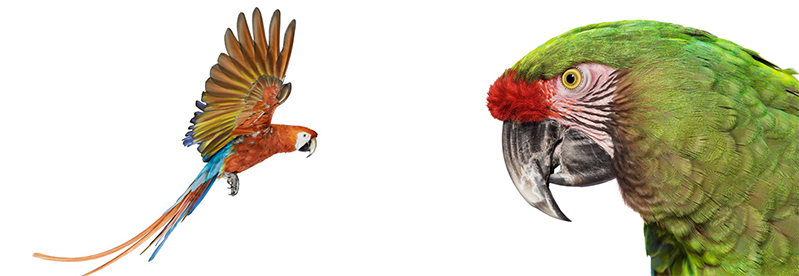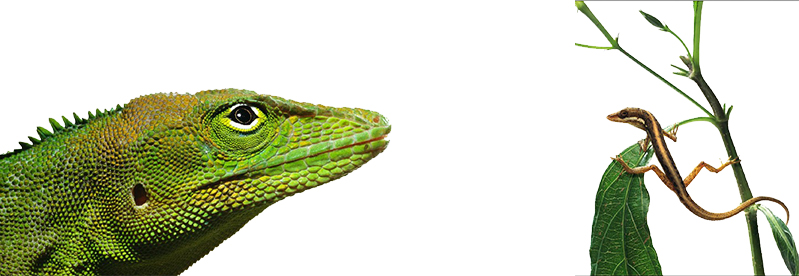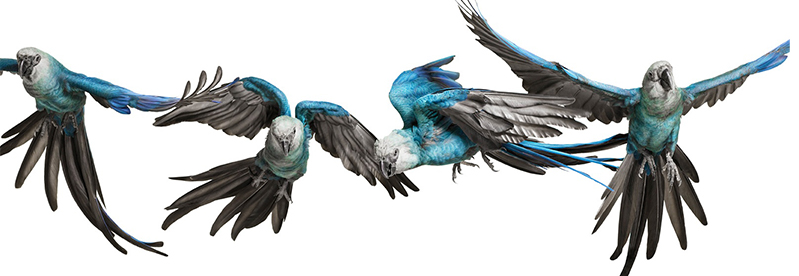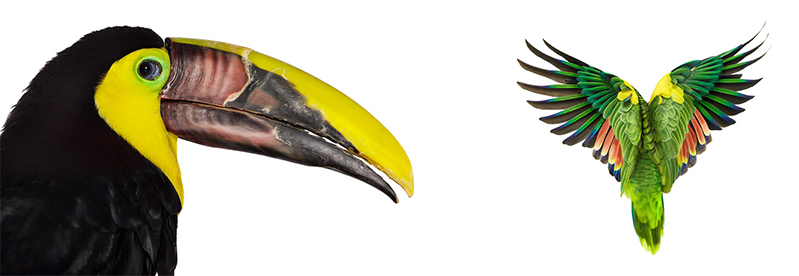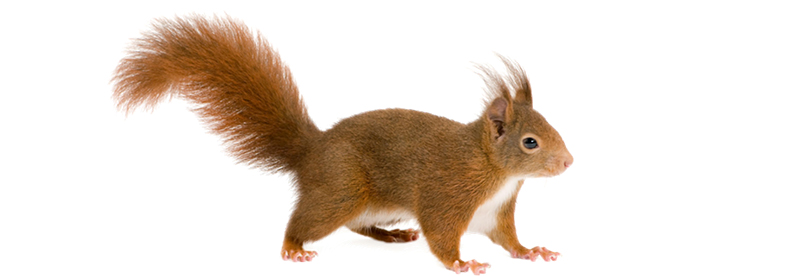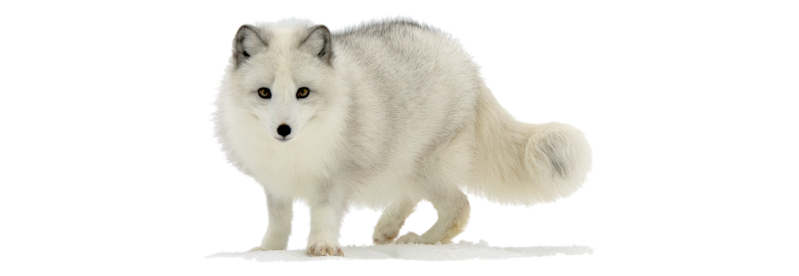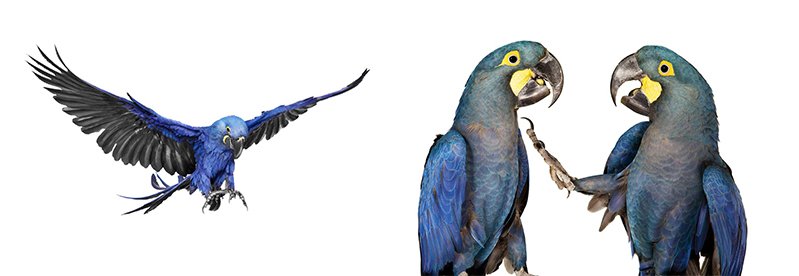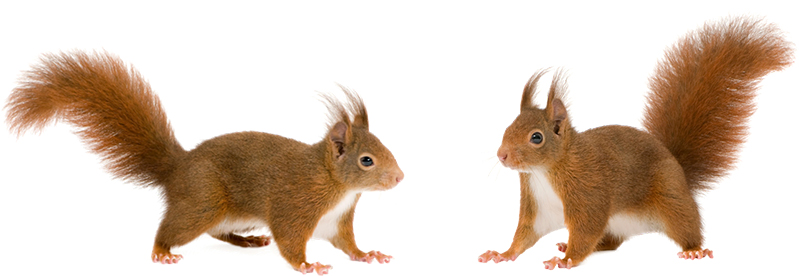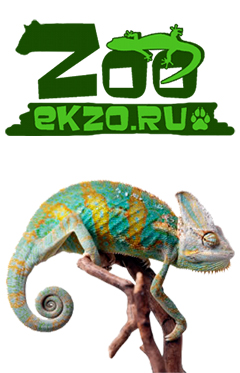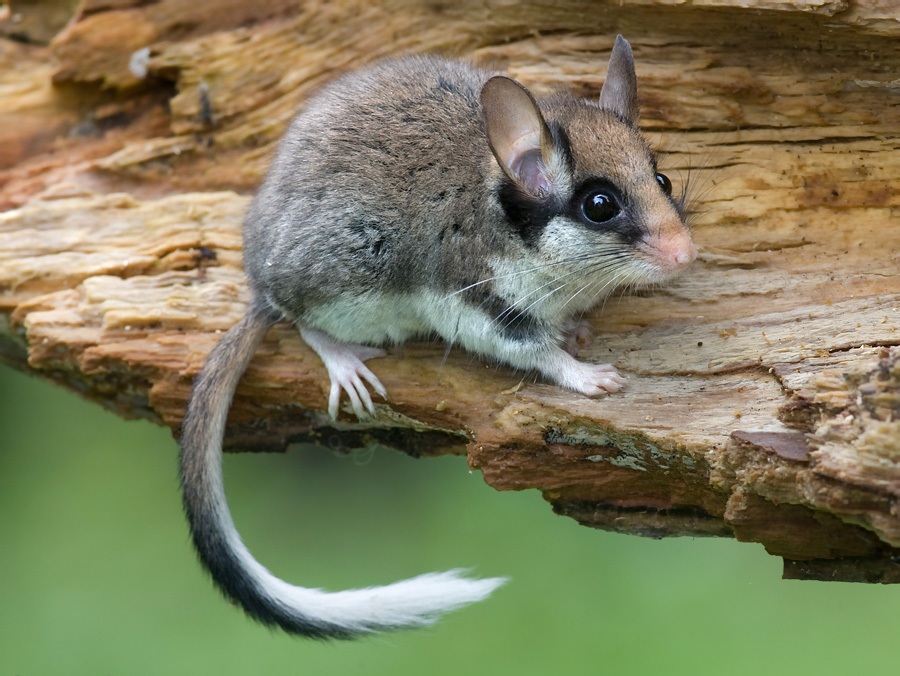
Garden dormouse(Eliomys quercinus)
Phylum —chordata
Class — mammalia
Order — rodentia
Family — gliridae
Genus – eliomys
Appearance
Garden dormice are typically 10 to 15 cm (3.9 to 5.9 in) in length, with the tail adding 8 to 14.5 cm (3.1 to 5.7 in). They weigh 60 to 140 g (2.1 to 4.9 oz). The coat is gray or brown, with a white underside. The Garden dormouse can be recognized by black eye markings, relatively large ears, short hair, and a white tassel at the end of the tail.
Habitat
Eliomys quercinus is found throughout Europe to Asia to North Africa. It is also found in Finland. Garden dormice were introduced into Britain by the Romans in the first century, probably for culinary uses.
Behavior
Garden dormice are nocturnal. They may hibernate for up to seven months in the winter. Before hibernation, dormice put on weight to last the duration of the long hibernation. Dormice curl into a ball before hibernation. When dormice enter the dormant stage, their sleep is so deep that they can be rolled over without waking. Even during daily naps dormice are difficult to wake. When October comes, the daily naps increase in length until the animal enters a dormant state.
Garden dormice may take over bird or squirrel nests. If they build a nest from scratch, it may contain leaves and grass. Because Garden dormice live in a variety of habitats, they can be found both in the trees and on the ground. If arboreal, the compact nest will be 0.8-3.0 meters above the ground.
Eliomys quercinus is social, with common feeding and sleeping sites. When mating season comes, they fight in the common areas, but during the rest of the year show little aggression, even between groups.
Diet
Garden dormice are more carnivorous than any other dormice species, including other small mammals, insects, snails and baby birds. Other foods include fruit, hazel nuts, chestnuts, acorns, pine seeds, bark, and eggs.
Reproduction
The mating period lasts from April to June. During this time, the female indicates her readiness to mate by squeaking loudly. The young are usually born in litters of three to seven, after a gestation period of 23 days. Blind and naked at birth, they open their eyes after about 18 days, and are nursed until they are one month old. They become independent at two months of age, but do not reach sexual maturity until the next year.
They have a life expectancy of about five years.
In captivity
At home, Garden dormice should be kept in a fairly spacious cage with a frequent grid, a terrarium or an aviary made of fine mesh. In addition to plant food, they should also be given insects and their larvae, especially mealworms, as well as minced meat and boiled eggs. These animals eat very well all sorts of nutritional mixtures with the addition of powdered milk.
A standard all-metal cage is also suitable for a dormouse. The pallet in such a cage should be very strong, it is better to have a metal one -any of the dormice will gnaw the fragile plastic very quickly. These cells are available for sale, but they are often made to order. The distance between the bars of the cage should be small, because the dormouse is a small, agile, very agile animal that can squeeze through any gap. A great alternative to a cage is a spacious, well-equipped and well-ventilated terrarium, which today can be purchased or made to order.
Like most mammals, dormouse needs drinking water, so on the bars of the cage from the outside you need to hang a drinking bowl with a metal tip – water from such a drinking bowl is not spilled, and it is very convenient to use. Feeders are better to use metal, ceramic or thick, durable glass-such a structure is difficult to damage, gnaw or overturn. Sawdust or granular wood filler is used as bedding material for dormice. Since dormice in the wild are very fond of hiding and sleeping in a shelter, for each type of dormouse, you need to put a wooden or ceramic house in a cage. If desired, it can be replaced with a cardboard box, but it will be torn and gnawed very quickly, so it is better to spend some money once on a purchased house, which will serve your animal much longer. Due to hibernation, the dormouse's body is able to quickly accumulate fat deposits, so you need to make sure that the animal is actively moving and is in good physical shape. Not all dormice will "want" to sleep for many months, but their tendency to overeating and obesity can cause significant harm to health. The cage for the dormouse should be quite spacious and equipped with ladders for climbing, floors and shelves, so that the animal enjoys running and playing.
Like all rodents without exception, dormice should be kept clean, especially since they are very clean and like to take care of their gorgeous fur, licking themselves for long hours. Order in the home of dormice is not only in the frequent and timely change of bedding material. At least once every 1-2 days, you must wash the feeders and be sure to change the water in the drinking bowl, regardless of whether it is over or not. In the summer heat, the drinkers should be checked regularly and filled as many times as necessary: fresh water and grain mix should be at the pet at any time of the day.
As for other rodents, the same rules apply to dormice: the cage should be placed in a well-lit room, but not near the window, it should not be exposed to direct sunlight, and drafts should be avoided in the room. Do not put the cage near the heating devices, this may lead to overheating and heat shock. The ideal position of the cage is at eye level or slightly lower, so that you can always see your pet and easily open the door, put food, change the water bottle, etc. Grain feed is best stored in a closed container, pouring the contents of an open pack into a glass jar with a lid – this will protect it from humidity, dust and insects.
 Russian
Russian
 English
English

